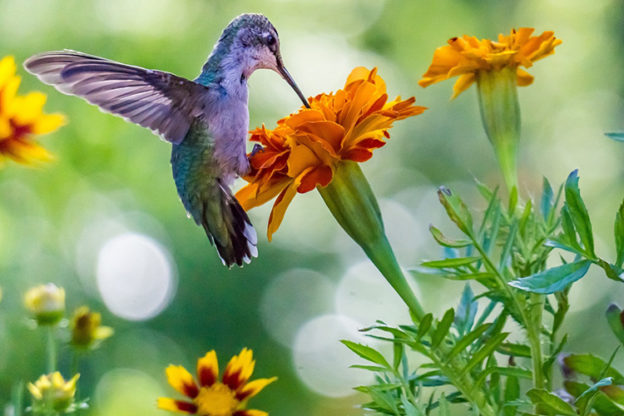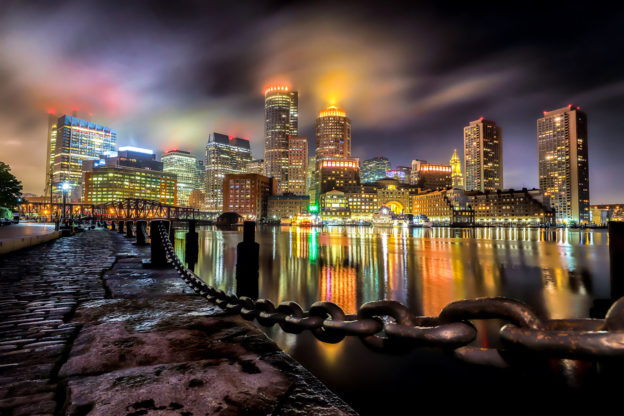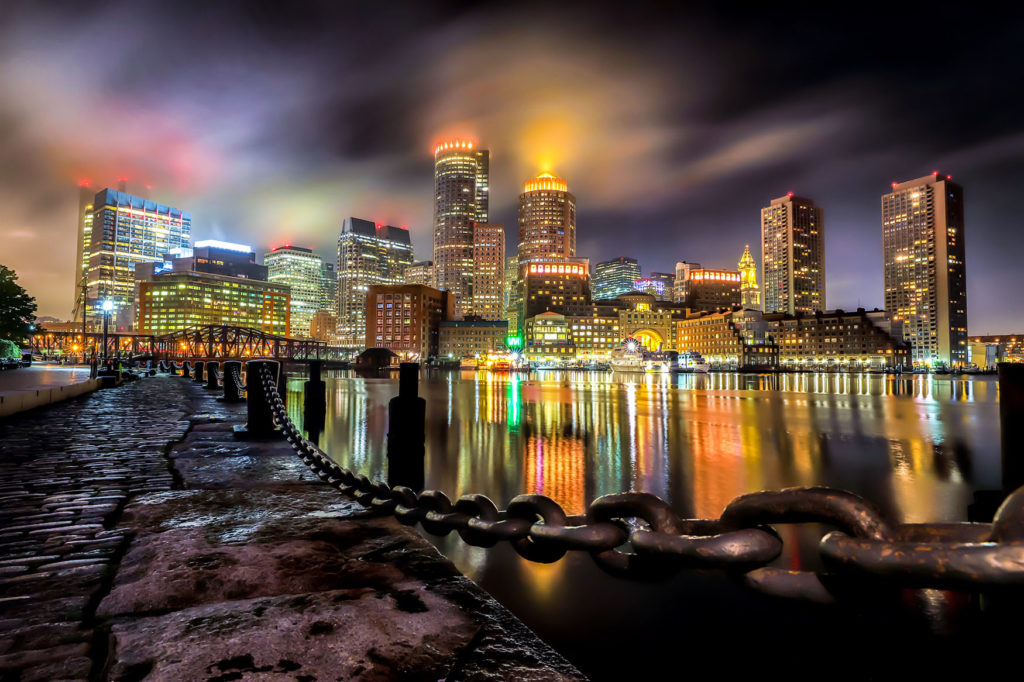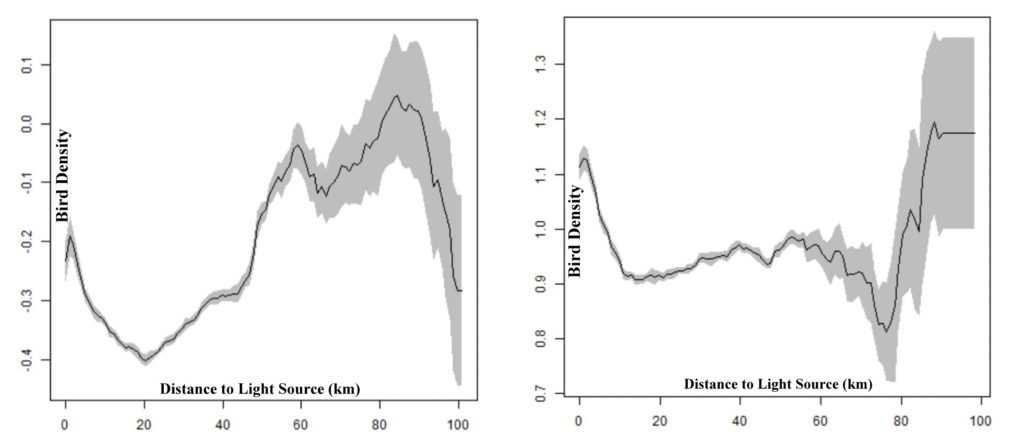Every March since 1992, birders from around New England have come together to attend Mass Audubon’s annual Birders Meeting. This year’s event, which will take place virtually over four days, is focusing on “The Bird Next Door: Birding Your Patch.”
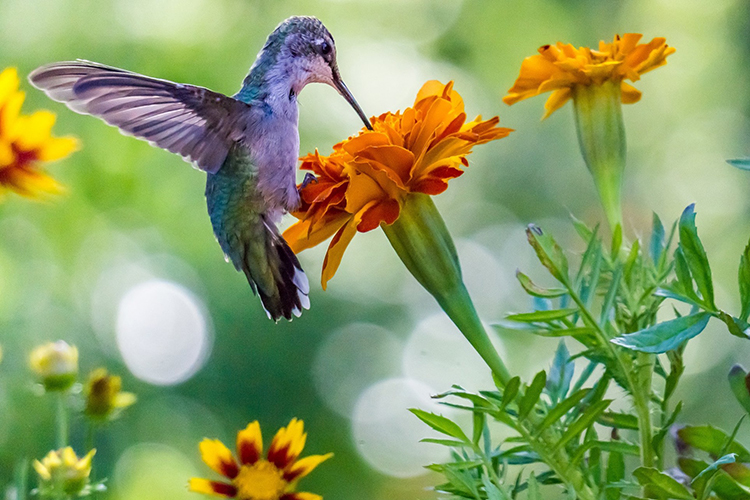
What is Patch Birding?
Simply put, “patch birding” means focusing your efforts on one local area to develop a deep knowledge of the place and its birds. Your patch can be your yard, your neighborhood, the swamp down the street, your apartment balcony, or any place you visit regularly.
Patch birding is taking off because it helps us focus closely and see birds in a new light. It can also lead to exciting discoveries, from easily-overlooked hotspots to unreported patterns in species migrations and distribution. Patch birding also reinforces the value of parks and greenspaces, and, perhaps most importantly, reduces climate-altering CO2 emissions from travel.
Schedule and Speakers
The Birder’s Meeting will take place March 7, 8, 14, & 15. You can choose to sign up for individual sessions or the whole series.
Sunday, March 7 • 7:00-8:30 pm ET
125 Years of Conservation with David O’Neill and The Value of Birding Your Patch with Heather Wolf, Cornell Lab of Ornithology
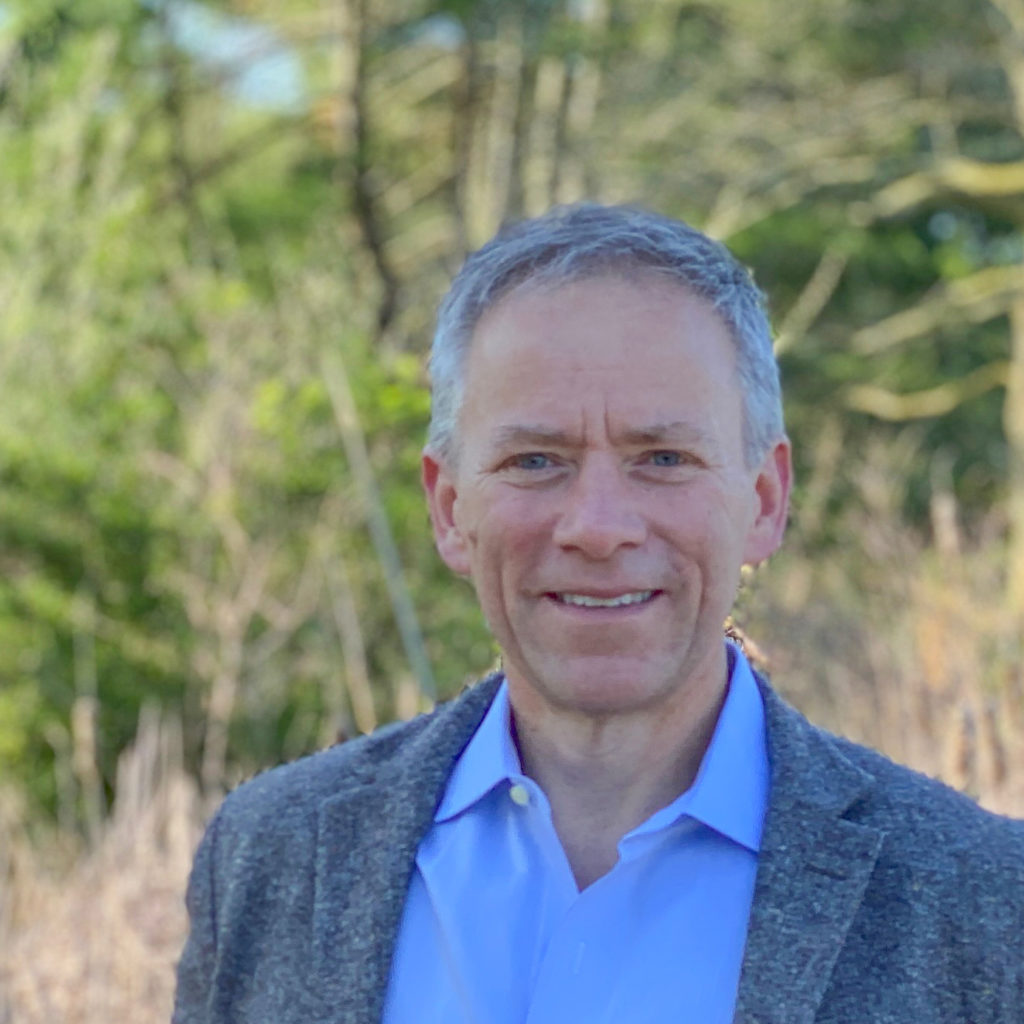
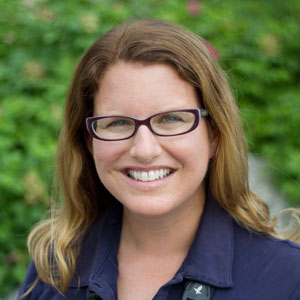
Mass Audubon President David O’Neill will kick off this year’s Birders Meeting with a short presentation on Mass Audubon’s impressive history in conservation and his vision for the organization going forward. Learn more about our 125th >
Join birder, author, and photographer Heather Wolf as she shares her ongoing urban patch birding adventure under the Brooklyn Bridge in New York City, where she has documented over 170 bird species over the years.
Monday, March 8 • 7:30-8:30 pm ET
A Sense of Place with Susannah Lerman, USDA Forest Service Northern Research Station
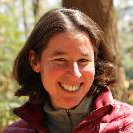
For many of us, we had our first experiences with the natural world in our backyards and neighborhood parks. These natural history sparks often ignite a life-long appreciation for birds and other wildlife. Susannah Lerman will present research on how aesthetics (e.g., color and bird song) influence human-wildlife interactions and how public interest of backyard birds compares with ecological dynamics in residential landscapes.
Sunday, March 14 • 7:30-8:30 pm ET
Nature’s Best Hope with Doug Tallamy, University of Delaware
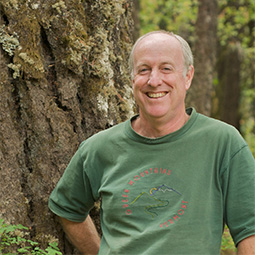
Recent headlines about global insect declines and three billion fewer birds in North America are a bleak reality check about how ineffective our current landscape designs have been at sustaining the plants and animals that sustain us. Author Doug Tallamy will discuss simple steps that each of us can—and must—take to reverse declining biodiversity and will explain why we, ourselves, are nature’s best hope.
Monday, March 15 • 12:00-1:00 pm ET
Birding at the Speed of Slow with Scott Edwards, Museum of Comparative Zoology at Harvard University

How we bird, and how we move through the landscape, is as important as what we bird. Scott Edwards will share how birding a local patch repeatedly or moving slowly through seasons and soundscapes allows us to see details of song, behavior and migration that reveal birds’ annual cycles—when and how their lives change over time.


